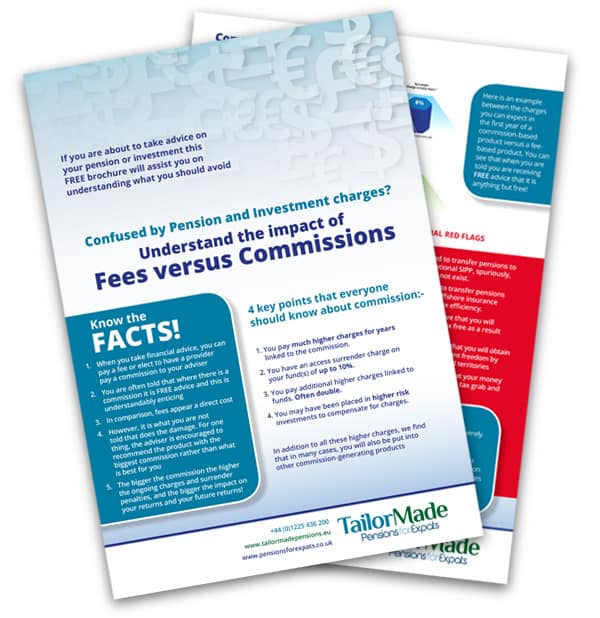Two Million U.S. Investors Move $200 Billion
In September, as the market continued toward a 20% loss for the year, U.S. investors increased their flight from stocks, or equities to bonds, or fixed income assets. The strategy addresses the perceived urgent need to contain losses, even though fixed income bonds have lost value this year along with equities.
Equities and fixed income had traded in opposite directions for decades. It’s typical for people to take money out of stocks and move it to bonds every time the stock market dips. It’s rare for stocks and bonds both to be negative for a six-month stretch, as seen so far this year.
Assets moved out of:
50% Target date funds, designed to invest more conservatively as you get older
26% Large US equity funds
11% Mid US equity funds
Assets moved into:
80% Stable value
15% Money market
2% Bond funds
(Source: Alight Solutions 401(k) Index, as reported by CNBC)
Is a 60/40 portfolio still a good idea?
A 60/40 allocation of funds in a portfolio, with 60% stocks and 40% bonds, is the traditional model for many U.S. investors who want the growth potential of stocks alongside the safety of bonds. With the prevalent movement of funds into bonds this year, upsetting this strategy, the question arises about this mix still being a valid plan.
The 60/40 portfolio wasn’t designed for short-term moves, and advisors expect the typical scenario to return: when stocks are up, bonds are down, and vice versa, within a few years. The 60/40 split can be a good starting point for moderate-risk investors who don’t need to pull the money for 10 years or more. And, with bond yields beginning to improve, this mix looks better than it has for years. The Federal Reserve’s tightening monetary policy aims to help fixed income assets produce returns that exceed inflation, which should provide a longer-term benefit.
If you’re older, and want to stay with the 60/40 split, you definitely don’t want to miss out on the market rebound. Consider shifting from growth to dividend paying stocks, and bonds with durations of up to 10 years.
Sticking with cash for the short term, especially newly acquired cash, isn’t going to hurt investors. If you want that money working for you, then that cash should be invested as part of a long-term plan.
Younger investors with more time before they plan to access the funds could follow the 60/40 split, but could consider a higher percentage of stocks for growth, such as 70/30 or 80/20, depending on personal risk adversity.
Related Stories:
- Retirement Planning Strategies- How Will You Pay Yourself ? Part 2
- Bonds: Say Hello to an Old Friend
- Fearful of Stock Market Slumps, U.S. Workers Opt for Cash in Retirement Savings
- Market volatility caused huge selloff
- Diversifying Your Portfolio: 4 Key Strategies
Share this story






